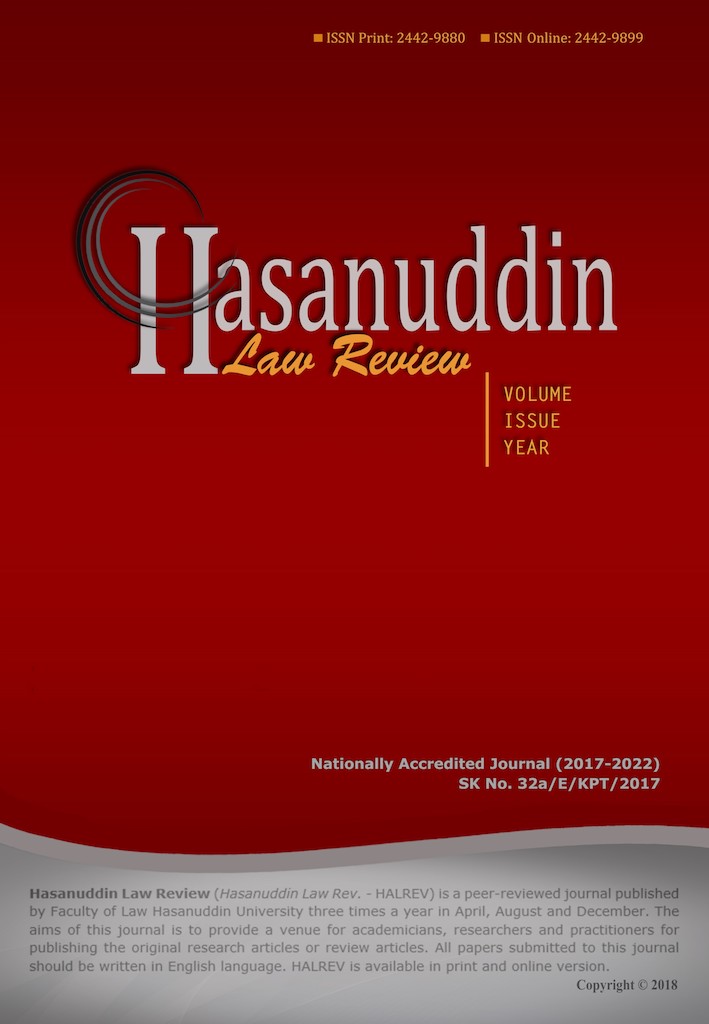Abstract
This research focuses on the Proportionality test model of Competing Rights in practice in civil law countries (Germany and South Korea) and the Common Law System (United States and Canada). The research method used is a normative legal research method with statutory, comparative, and case approaches. The results show that the proportionality test is the "ultimate rule of law," a fundamental benchmark in judicial review, and has become a global constitutionalism recognised and applied internationally. Its application is structured and systematic with four test stages, such as German, Canadian, and South Korean models. Meanwhile, it is unstructured in the United States, and there is only one analytical tool (balancing test). In the case of decision, the four stages are only sometimes applied, but according to the needs of the analysis. If, at the third stage (necessity/minimal impairment), it is found that the object being tested is contrary to the Constitution, then the argumentation focuses on that analysis of it. The fourth stage is used if the case is more complicated and requires analysing the balance of norms and legal values. Meanwhile, in the Indonesian Constitutional Court practice, there is a proportional analysis, but it is partial, unstructured, and unsystematic. Therefore, in the future, it is essential to develop an Indonesian model of the principle of proportionality under the values of Pancasila and the 1945 Constitution.
- The journal holds the copyright for each article published with work licensed simultaneously under a Creative Commons Attribution 4.0 International License, which allows others to share the work with an acknowledgment of the authorship and early publication of the work in this journal.
- Authors must agree to the copyright transfer agreement by checking the Copyright Notice column at the initial stage when submitting the article.

